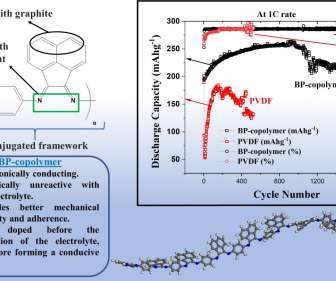Novel copolymer binder extends the life of lithium-ion batteries
Green Car Congress
MARCH 8, 2021
One of the major challenges for graphite anodes is the exfoliation of the graphite framework on deep cycling at a fast current rate. One of the major causes for the drop in capacity over time in Li-ion batteries is the degradation of the widely used graphite anodes. 0c02742.











Let's personalize your content